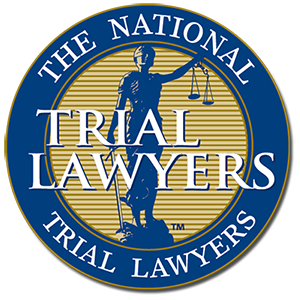Drones and the Fourth Amendment: A Bird’s Eye View
October 15, 2024
by Ashley Adams and Chase Wortham
The Scottsdale Police Department’s recent decision to deploy drones in response to crime scenes marks a significant shift in law enforcement tactics, utilizing technology to enhance public safety. Drones offer several advantages, including rapid response times, the ability to survey large areas quickly, and the potential to capture critical evidence in real-time. This approach can increase police efficiency, as drones provide a bird’s-eye view, allowing officers to assess situations before they arrive on the ground. However, these benefits must be weighed against important legal and ethical considerations, especially regarding privacy.
One of the primary legal concerns surrounding the use of drones is the potential violation of Fourth Amendment rights, which protect citizens from unreasonable searches and seizures. The use of aerial surveillance by law enforcement may raise questions about the scope of these protections, particularly if drones are equipped with advanced technology like high-resolution cameras or thermal imaging. Courts will likely need to define when and how drones can be used without infringing on individuals’ expectations of privacy, especially spaces not open to public view. According to Scottsdale police Chief Jeff Walther, the new drones fly up to 58 miles per hour, lock on to, and even follow moving targets.
No Arizona case has addressed when a warrant might be required for the use of a drone. However, a recent case in the Court of Appeals of Ohio, State v. Stevens, 2023 Ohio 889, 210 N. E.3d 1154 (5th District 2023), provides a good roadmap as to how courts are likely to analyze the various Fourth Amendment issues related to drones. The defendant Stevens was involved in a hit-and-run accident. A witness had identified the car as a dark sedan. After examining the paint transfer from the vehicles involved in the crash, police determined the dark-colored sedan was a black 2016-2018 Nissan Altima. A database search revealed deputies had contact with a Nissan Altima in the area of the accident about a month prior, and Stevens was the owner of the car. The police deployed a drone over the defendant’s property, without a warrant, and located the car 280 feet from the residence in a wooded area. Stevens was eventually arrested. He argued that the use of the drone violated his Fourth Amendment rights.
The Court found that citizens have a reasonable expectation of privacy in the curtilage of their homes—in other words, those areas around the home where the owner has an expectation of privacy and sanctity. The court noted: “The extent of a home’s curtilage is resolved by considering four main factors: (1) the proximity of the area claimed to be curtilage to the home; (2) whether the area is included within an enclosure surrounding the home; (3) the nature of the use to which the area is put; and (4) the steps taken to protect the area from observation by passersby.” This protection does not extend to “open fields.” Citing to a few marijuana cases, the Ohio Court noted that marijuana growing in an open field is not protected by the Fourth Amendment, but potted plants of marijuana in one’s backyard would be. Ultimately, the court held that the defendant’s vehicle was not located in the curtilage of the home, and thus the defendant’s Fourth Amendment rights were not violated.
From a privacy perspective, the surveillance capabilities of drones could lead to public distrust. If police drones are used too frequently or in non-emergency situations, citizens may feel as though they are being constantly watched, eroding their sense of privacy. This could have broader social implications, as communities with high drone usage may experience a strained relationship with law enforcement. Transparency about how and when drones will be used, as well as policies ensuring accountability, will be essential to mitigating these concerns.
In sum, while Scottsdale’s use of drones to respond to crime scenes has clear operational benefits, the privacy implications cannot be ignored. Policymakers must tread carefully to establish regulations that protect individual rights without hindering the effectiveness of law enforcement. As drones become more commonplace in policing, the legal framework surrounding their use will need to evolve to ensure both public safety and the preservation of constitutional protections.
*The preceding article appeared in our October 2024 Newsletter, which you can download here.








